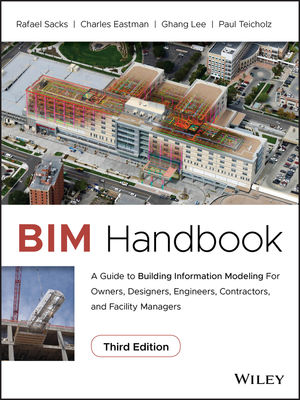Georgia State University Preps for Major Downtown Upgrades

Image courtesy of Cooper Robertson
With a growing student body and in anticipation of the upcoming 2026 World Cup visit, Georgia State University has announced an ambitious $107 million transformation of its flagship downtown Atlanta campus — putting into action a recent plan by Cooper Robertson.
The downtown remake, announced by Georgia State University in a recent press release, aims to create safe, inviting, and comfortable spaces for the broader Atlanta community and has been described by local media outlet Urbanize Atlanta as "among the most transformative a Georgia university has ever undertaken.”
Building directly on the recommendations from Cooper Robertson’s planning, the new work will center on improvements in and around Hurt Park and Woodruff Park, two of the city’s premier downtown green spaces. Key moves include:
- Expanding an existing campus greenway with an elevated plaza, enhanced walkways and newly pedestrianized streets.
- Creating direct connections to Hurt Park by removing an existing classroom and student service building, Sparks Hall.
- Renovating and expanding the university’s Arts and Humanities building near Hurt Park to more closely connect to the new outdoor hub.
- Repositioning the university’s 18-story 100 Edgewood tower into a cornerstone of the campus with new dining areas, classroom space, and outdoor gathering areas.
- Moving a streetcar platform to better align with the Woodruff Park entrance, and closing adjacent streets to all vehicles except the streetcar.
"This project will breathe new life into our downtown area and into the City of Atlanta,” said Atlanta Mayor Andre Dickens in the university’s press release. “We all want to make sure that downtown is brighter and more inviting. And as an alumnus of Georgia State, I want to see this campus flourish. This is a great way to connect these parks and to make sure that people have an enjoyable experience downtown.”
“Our goal with the plan was to create connective tissues that better tie the central campus to its surroundings, addressing the dynamic town-gown relationships inherent in any urban institution,” says Cooper Robertson partner Mike Aziz. "We believe these new efforts will help make Georgia State University into a whole that’s greater than the sum of its parts, and dramatically improve the downtown experience for everyone."
These urban design framework initiatives are a core focus for Cooper Robertson, an internationally renowned firm known for creating influential master plans that help connect educational and institutional campuses to their surrounding communities.
Cooper Robertson partner Mike Aziz, AIA, LEED AP directed the master plan for Georgia State University with fellow Cooper Robertson partner and nationally recognized campus planning expert John Kirk, AIA. Aziz, Kirk, and their colleagues have recently led several campus planning projects that directly address connections between campus and city, including for The George Washington University and the University of Maryland, whose ambitious new Facilities Master Plan debuted earlier this year.
Looking for a reprint of this article?
From high-res PDFs to custom plaques, order your copy today!





.png?height=200&t=1731252754&width=200)


